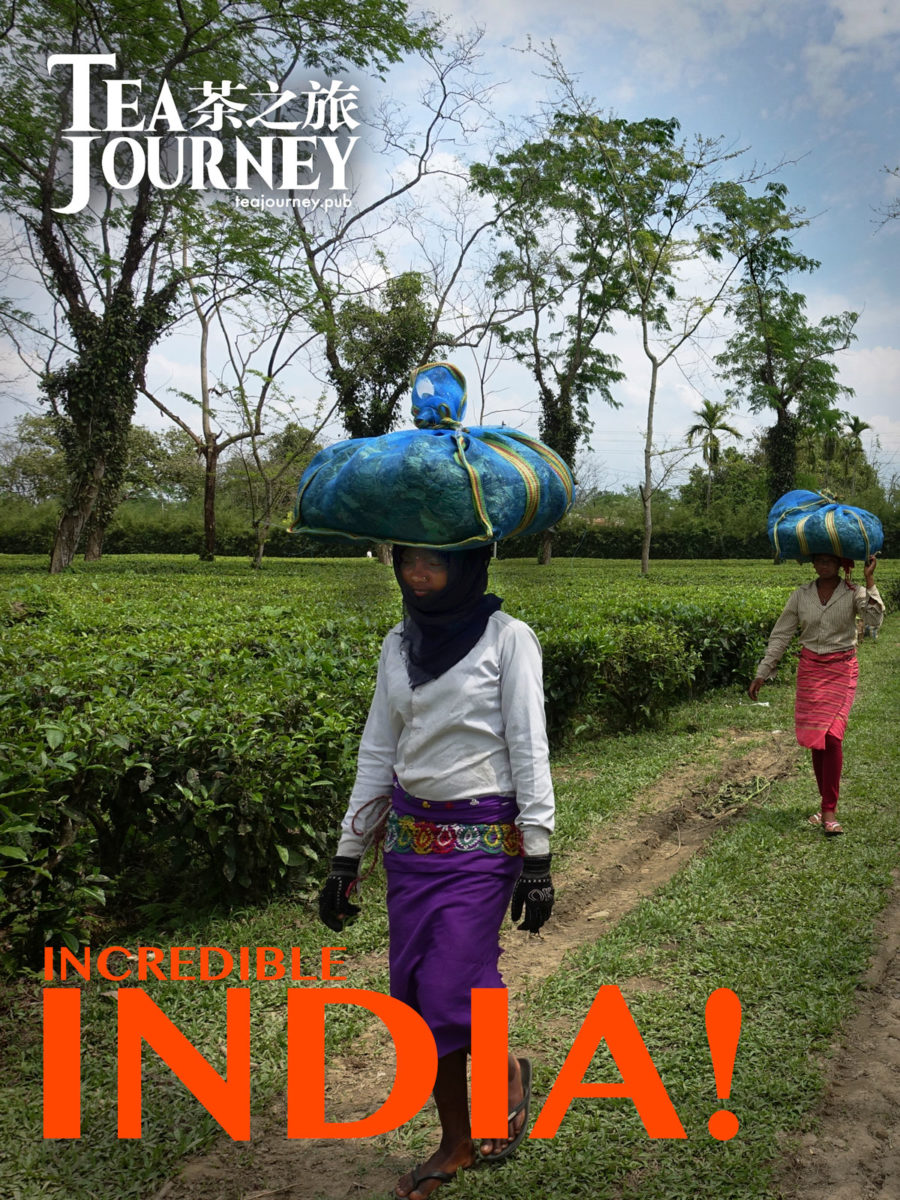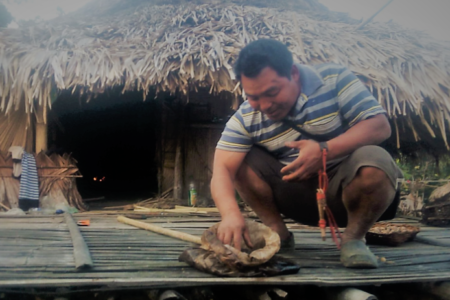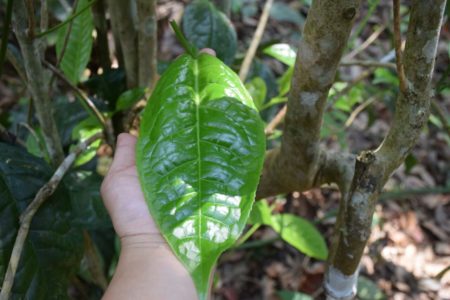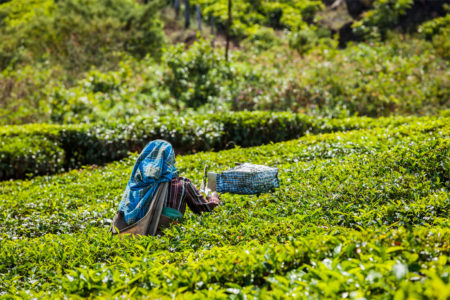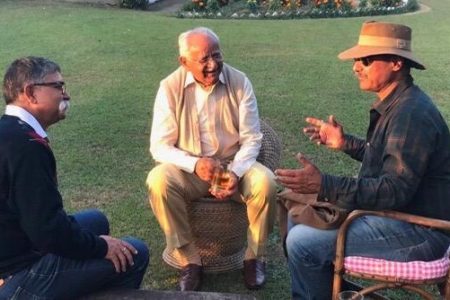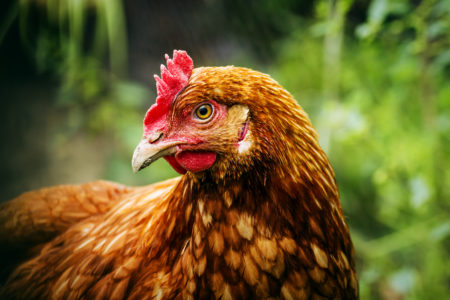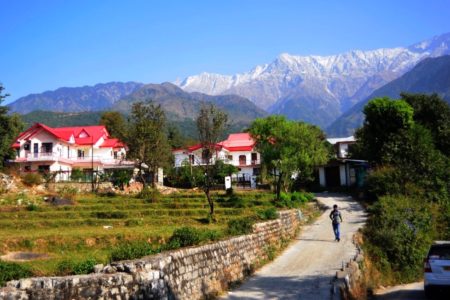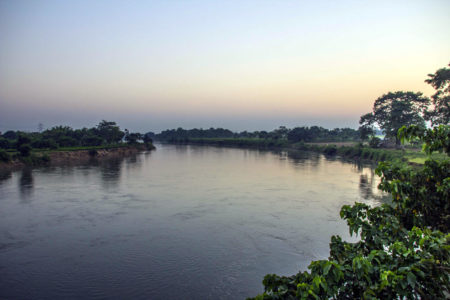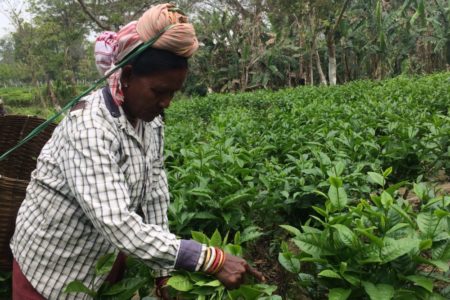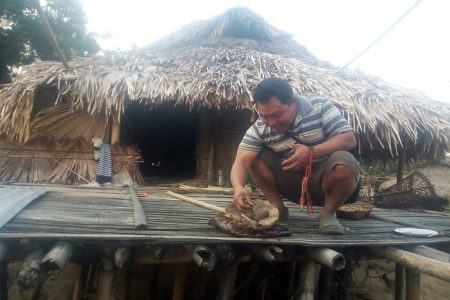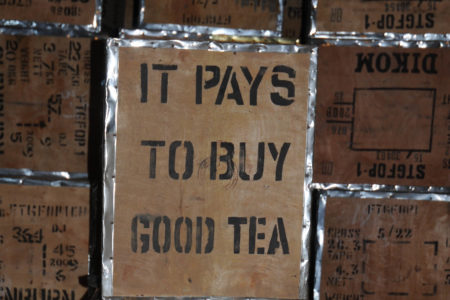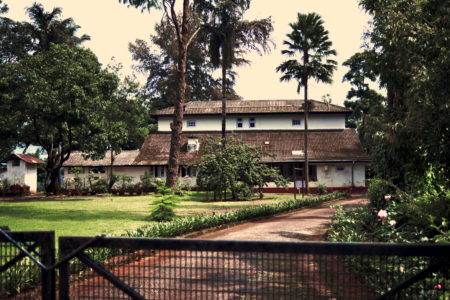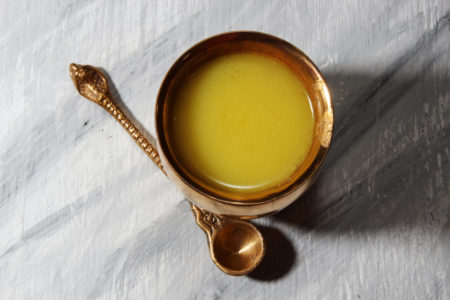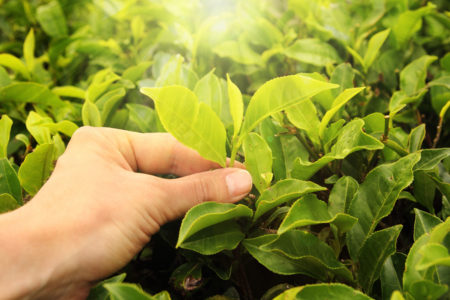More In This Issue
Origin India: Discovering The Wild Tea Forest of Assam
Pradip Baruah was born curious. He spends much of his time in the office and lab as chief advisory officer at the Tocklai Tea Research Institute (TRI) in Jorhat, Assam, but loves an adventure whenever the opportunity arises. In January he fulfilled one of his long held dreams on a walk into the jungles of Assam where he photographed an ancient wild forest of Camellia Assamica, a species of large-leaf tea distinct from China’s Camellia Sinensis.
Forest Pick Wild Tea from Manipur
Three sisters from Manipur, India, and their brother launched Forest Pick Wild Tea about two years ago. Together they organized villagers to harvest tall-grown tea trees on a schedule, arriving with portable processing equipment to make artisan oolong, black, green and white teas. "Irrespective of the market size or market opportunity, Forest Pick Wild Tea is not another start-up, but an eco-system we are creating in which all the villagers participating will benefit." -- Julie Gangte
India Strives for the Best in Quality [250 Page Special Issue]
Long before cut, tear and curl (CTC) dominated tea processing in the West, India exported sizeable quantities of handmade orthodox tea to an appreciative world market.
Small factories at small gardens cultivated the art of rolling and twisting and shaping tea. Artisan tea is labor intensive and tea masters are more selective about the leaves they accept.
Celebrating the Tea People of India
“The indentured migrant laborer community of the tea plantations in Assam and North Bengal in India, has always intrigued,” writes Dr. Sunayana Sarkar. “Their history has also appalled, at times,” adds Sarkar, a professor of structural geology and geotechnics and a gifted musician.
The Gentleman Planter of Craigmore
Given that the Indian tea industry is struggling, Craigmore Tea Estate's profitability offers important insights. The estate produces orthodox green and black tea, with the former exported and the latter sent to the auctions. Over the years, the balance has tilted to favor more green tea production to meet the demand.
India’s Oldest Manager in Tea
Sagar Mehta, who turned 90 in May 2019, is the oldest serving tea garden executive in India. The Koomtai Tea Estate that he managers produces 2 million kilograms tea—more than double the output when he was first named to rescue the troubled property.
Chicken in the Pot
Born and with my entire formative years lived in Shimla, India where the only agricultural produce was apples, working in tea as a career tea planter had never ever crossed my mind.
Origin India: Kangra Valley
A scant 2,000 kilometers west of Darjeeling, on the opposite side of the Indian subcontinent, lays a scenic valley of the Indian state of Himachal Pradesh, a place steeped in Hindu mythology.
Origin India: Garden by the River
It took ten years for Rajiv Lochan to acquire and consolidate various plots into a single garden known as Doke Tea, an organic farm along the south bank of the Doke River in Bihar, India.
Harvest Review: Assam’s Smallholders Inherit the Land
The vast Brahmaputra Valley holds the world’s greatest concentration of tea. Commercial production began 180 years ago in a region that has 800 of the largest plantations in the world; employs 686,000 tea workers daily and is vast enough to harbor ancient tea forests that have flourished for millennia.
Origin India: Discovering The Wild Tea Forest of Assam
Dr. Pradip Baruah, an avid explorer, said local tribesmen indicated the Assamica tea plants in this forest has existed in the wild since time immemorial. “I talked to the village elders and there is no knowledge of anyone planting here,” he said.
The Nuances of Authentic Tea Blending
Most people are familiar with the many black tea blends on the market but may not have much sense of the nuances of bringing together a complex set of flavors and of the wide varieties of choices that differentiate similar sounding teas.
Origin India: The Deep South
Kuriyan family enterprises own thousands of acres of plantation land in Karnataka. One grows cut roses for export to Japan, Australia, and New Zealand; another latex sheets for rubber; areca or betel nut for pan; Arabica and Robusta coffee; black and white peppercorns, and cut timber.
Tea Ghee
Ghee is a style of clarified butter used in Indian cuisine. Milk proteins are browned during the process giving it a wonderful nuttiness. The addition of tea leaves during this step can add further depth to the flavors and perhaps this would then be Ghea?
Climate Change: Growers Fight Back
The fight against climate degradation is producing some positive results and a body of good practice is emerging. Here are just a few representative successes.
Origin India: Tamil Nadu and Kerala
The Ghats (Sanskrit, “steps”) are millions of years older than the Himalayas, and like the latter, play a pivotal role in the climate and weather of the Indian subcontinent. Thousands of centuries of monsoon rains have turned Western Ghat forests into a natural wonderland, one gigantic UNESCO World Heritage Site, one of the hottest biodiversity hotspots on earth.
